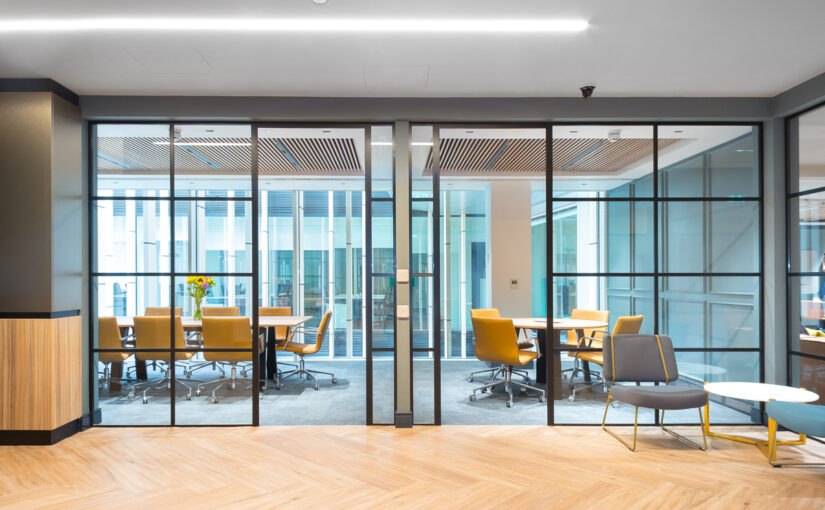The size of a meeting room can significantly impact the dynamics and productivity of your gatherings. From intimate brainstorming sessions to large-scale presentations, each occasion demands a tailored space to facilitate communication and collaboration effectively. So, the pressing question arises: how big should a meeting room be?
At bludesks.com, we understand the importance of providing diverse meeting spaces to cater to various needs and group sizes. Let’s explore the range of meeting rooms on offer and delve into the factors to consider when determining the ideal size for your next meeting.
- The Huddle Room: Ideal for small teams or quick catch-ups, huddle rooms offer an intimate setting for discussions and brainstorming sessions. Accommodating around 2 to 4 people comfortably, these compact spaces foster creativity and encourage spontaneous idea exchanges.
- The Boardroom: For more formal gatherings and executive meetings, a spacious boardroom provides the perfect setting. With ample room to seat larger groups, typically ranging from 6 to 20 people, boardrooms offer a conducive environment for decision-making, presentations, and strategic discussions.
- The Conference Room: Catering to mid-sized groups, conference rooms strike a balance between intimacy and capacity. With seating arrangements for approximately 10 to 30 individuals, these versatile spaces accommodate various meeting formats, from training sessions to client presentations.
- The Auditorium: When hosting company-wide events, town halls, or seminars, an auditorium-style setup is indispensable. Equipped with tiered seating or rows of chairs, auditoriums can accommodate larger audiences, ranging from 30 to 100+ attendees, ensuring everyone has a clear view of the presenter or stage.
When selecting the appropriate meeting room size, several factors come into play:
- Attendee Count: Consider the number of participants expected to attend the meeting. A room too small may feel cramped and hinder productivity, while one too large might create a sense of disconnection.
- Meeting Objectives: Tailor the size of the room to the specific objectives of the meeting. Is it a collaborative workshop, a formal presentation, or a training session? Each scenario may require a different spatial layout to optimise engagement and communication.
- Technological Requirements: Assess the technological needs of the meeting, such as audiovisual equipment, video conferencing capabilities, and power outlets. Ensure the room’s size can accommodate these requirements without overcrowding or technical constraints.
- Comfort and Accessibility: Prioritise the comfort and accessibility of participants. Ensure adequate space for movement, ergonomic seating arrangements, and accessibility features for individuals with disabilities.
At bludesks.com, we offer a diverse range of meeting rooms equipped with state-of-the-art facilities to meet your unique requirements. Whether you’re hosting a small team meeting or a large-scale conference, our flexible spaces adapt to your needs, ensuring a seamless and productive experience for all attendees.
In conclusion, the size of a meeting room should align with the objectives, attendee count, and technological requirements of the gathering. By carefully considering these factors and selecting the appropriate space from bludesks.com’s offerings, you can create an environment conducive to collaboration, innovation, and success.
